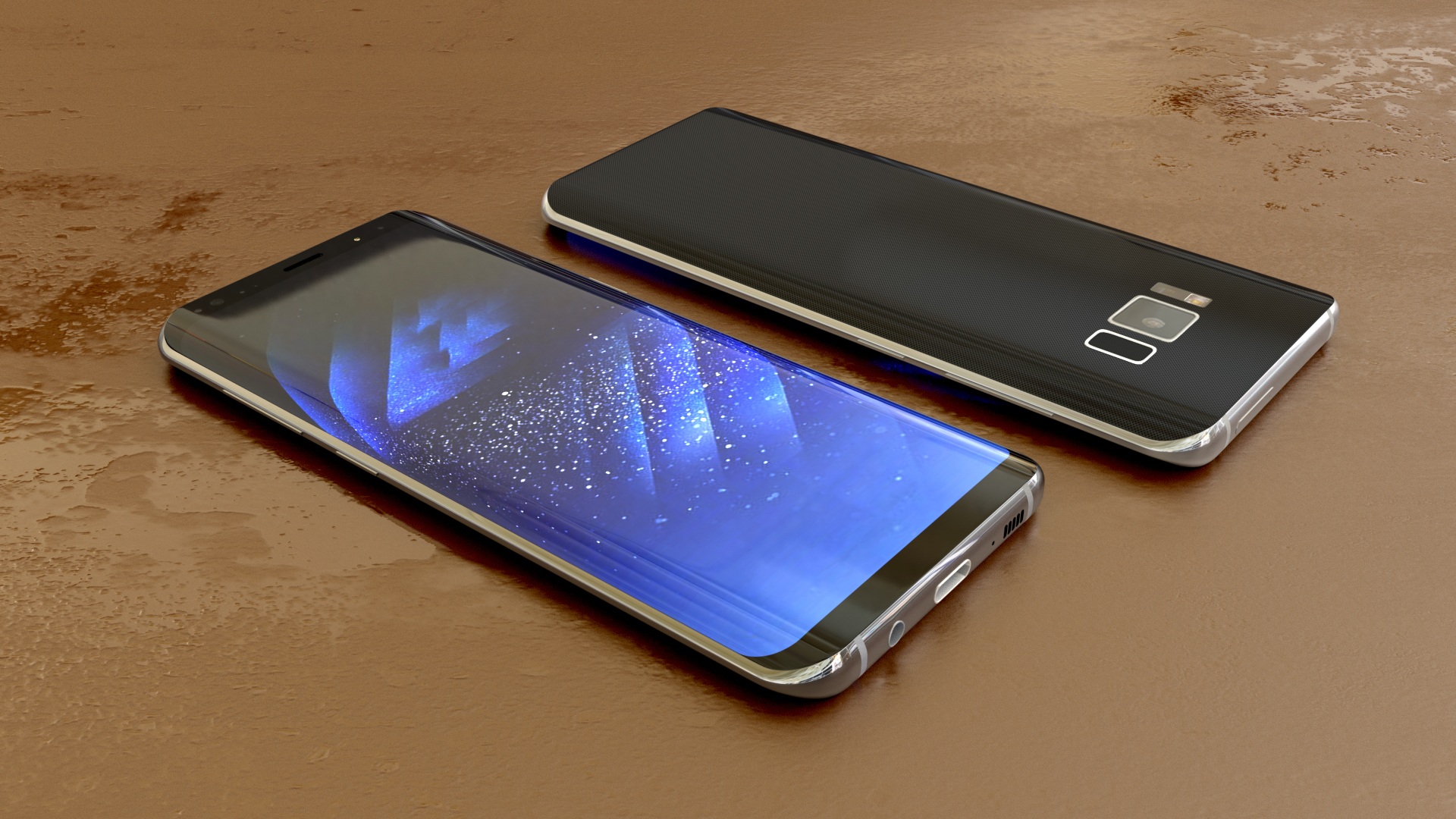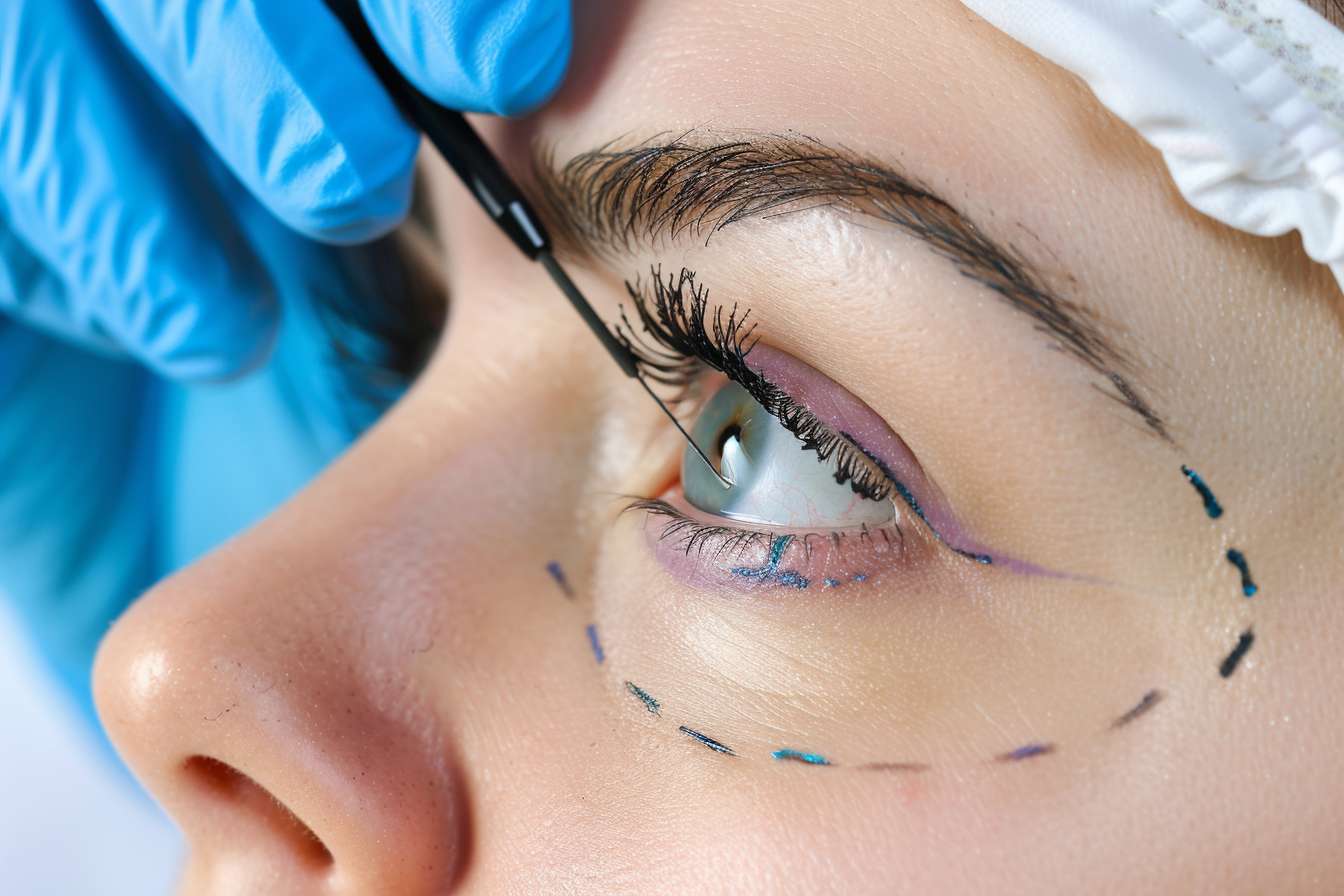Guide to Understanding Secondhand Phones: What to Know Before You Buy
The secondhand smartphone market has grown substantially in recent years, offering budget-conscious consumers an alternative to increasingly expensive new devices. As smartphone technology matures, the performance gap between generations has narrowed, making pre-owned devices more appealing than ever. However, purchasing a used smartphone requires careful consideration to avoid potential pitfalls and ensure you're making a worthwhile investment.

Smart Tips for Buying Reliable Secondhand Smartphones in 2025
The secondhand smartphone landscape continues to evolve in 2025, with more refurbished options available through certified sellers and peer-to-peer marketplaces. When searching for a reliable pre-owned device, begin by researching models known for longevity and continued software support. Apple iPhones typically receive iOS updates for 5-7 years, while premium Android phones from manufacturers like Samsung and Google now offer extended software support periods of 4-7 years depending on the model.
Look for phones released within the last 2-3 years to ensure continued security updates and compatibility with current apps. Verify the phone’s IMEI number through online checkers to confirm it hasn’t been reported stolen or blacklisted. Additionally, consider purchasing from reputable refurbishers who offer warranty periods and have established return policies, providing additional peace of mind with your purchase.
How to Check Compatibility, Battery Health, and Value Before Purchasing
Before committing to a secondhand smartphone purchase, compatibility verification is essential. Ensure the device works with your carrier’s network bands and technologies. Most modern phones support multiple carriers, but certain models may have limitations, especially with CDMA networks or specific 5G bands.
Battery health remains one of the most critical factors in used phone purchases. Since batteries naturally degrade over time, request information about the battery’s current maximum capacity percentage—ideally, look for devices retaining at least 80% of their original capacity. Many refurbished phones come with replacement batteries, which can be a significant advantage. If purchasing in person, check the battery through the device settings or run a diagnostic test to verify its condition.
To determine fair market value, research completed sales on marketplace platforms rather than just listed prices. Pricing tools from Swappa, eBay, and other marketplaces can provide current value ranges based on condition, storage capacity, and included accessories. Remember that cosmetic condition affects value, but doesn’t necessarily impact functionality—minor scratches often translate to substantial savings without compromising performance.
The Benefits of Choosing Pre-owned Smartphones for Savings and Sustainability
Opting for secondhand smartphones delivers significant financial benefits, with savings typically ranging from 30-70% compared to new devices. These savings are particularly pronounced with flagship models that depreciate rapidly in their first year. A one-year-old premium smartphone often sells for approximately half its original price, despite retaining most of its functionality and performance.
Beyond economic advantages, purchasing pre-owned devices contributes meaningfully to environmental sustainability. The smartphone manufacturing process is resource-intensive, requiring rare earth minerals, significant energy consumption, and generating substantial carbon emissions. By extending a device’s lifecycle through secondhand purchase, consumers reduce electronic waste and minimize the environmental impact associated with manufacturing new devices.
Many consumers also appreciate how pre-owned devices allow access to premium features that might otherwise be unaffordable in current-generation flagships. High-quality cameras, processing power, and build quality from previous generation premium models often outperform new budget-oriented devices at similar price points.
Understanding the Different Types of Secondhand Phones
Not all secondhand phones are equal in terms of quality assurance and previous handling. Certified pre-owned or manufacturer-refurbished phones undergo professional inspection, component replacement when necessary, and typically include limited warranties. These devices command higher prices but offer greater reliability and peace of mind.
Seller-refurbished phones are reconditioned by third-party companies or individuals with varying levels of expertise and quality control. While more affordable than certified options, the quality can be inconsistent depending on the refurbisher’s standards and practices.
Used phones sold directly by previous owners represent the most affordable option but carry the highest risk. These devices haven’t undergone professional inspection and may have undisclosed issues. When purchasing from private sellers, thorough in-person testing becomes especially important, including checking all ports, buttons, cameras, speakers, and running diagnostic tests where possible.
Comparing Secondhand Smartphone Market Options in 2025
When considering where to purchase a secondhand smartphone, several options exist with varying levels of consumer protection and pricing. Understanding the differences between these markets can help make an informed decision.
| Marketplace Type | Average Price Discount | Warranty Options | Consumer Protection |
|---|---|---|---|
| Manufacturer Refurbished | 15-30% | 6-12 months | High (return policies, certified testing) |
| Carrier Refurbished | 20-40% | 3-6 months | Medium-High (carrier-backed guarantees) |
| Major Retailers (Best Buy, Amazon) | 25-50% | 30-90 days | Medium (standardized return policies) |
| Specialized Refurbishers (Back Market, Gazelle) | 30-60% | 30-365 days (varies) | Medium (quality standards vary) |
| Online Marketplaces (eBay, Swappa) | 40-70% | Limited/None | Low-Medium (platform protection) |
| Peer-to-Peer (Facebook Marketplace, Craigslist) | 50-80% | None | Low (buyer beware) |
Prices, rates, or cost estimates mentioned in this article are based on the latest available information but may change over time. Independent research is advised before making financial decisions.
Essential Checks Before Finalizing Your Purchase
Before concluding any secondhand phone transaction, perform a comprehensive verification process. Check that the device isn’t carrier-locked unless you plan to use it with that specific carrier. Verify all physical aspects function correctly, including touchscreen responsiveness, camera clarity, speaker quality, and charging port stability.
For security, ensure the previous owner has completely reset the device and removed all accounts. On iPhones, confirm that Find My iPhone is deactivated, while Android users should verify the Google account has been removed. These steps prevent activation locks that could render the device unusable.
Request original proof of purchase when possible, especially for higher-value transactions. This documentation helps verify ownership and can be valuable for warranty claims if purchasing a relatively new device with remaining manufacturer coverage.
The secondhand smartphone market offers tremendous value for informed consumers willing to research their options. By understanding what to look for, where to shop, and how to verify device condition, buyers can find reliable devices that meet their needs while benefiting their wallet and the environment.




